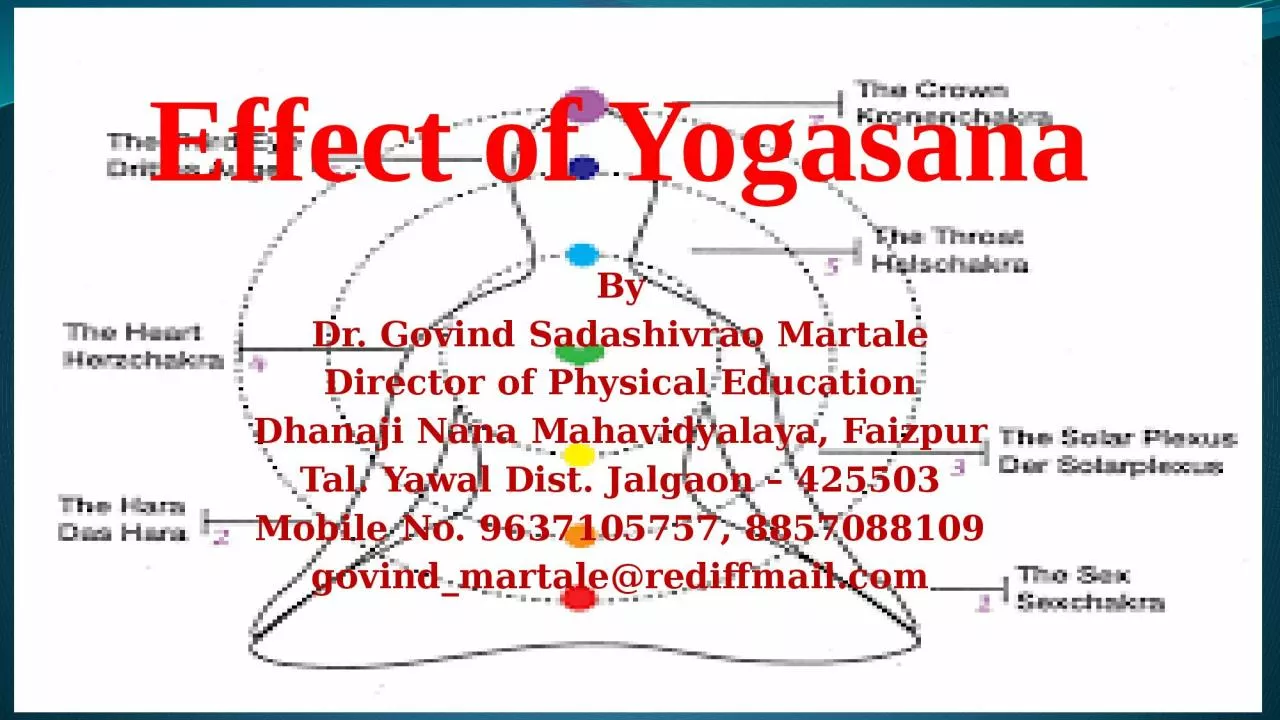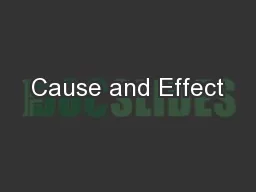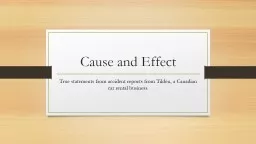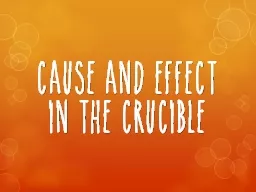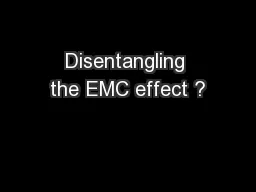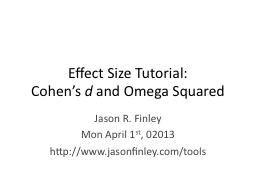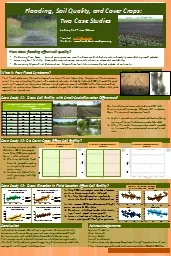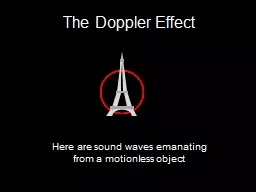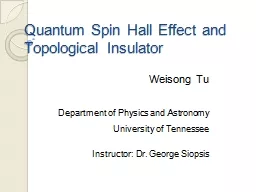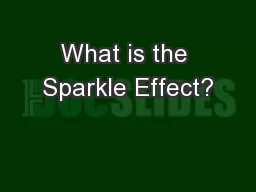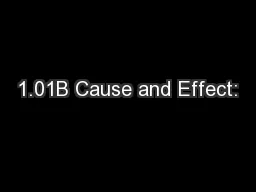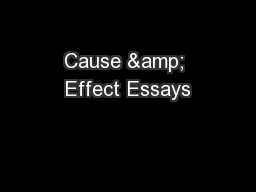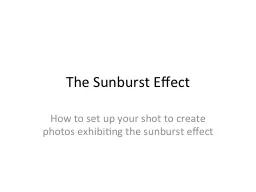PPT-Effect of Yogasana By
Author : HotMess | Published Date : 2022-08-01
Dr Govind Sadashivrao Martale Director of Physical Education Dhanaji Nana Mahavidyalaya Faizpur Tal Yawal Dist Jalgaon 425503 Mobile No 9637105757 8857088109
Presentation Embed Code
Download Presentation
Download Presentation The PPT/PDF document "Effect of Yogasana By" is the property of its rightful owner. Permission is granted to download and print the materials on this website for personal, non-commercial use only, and to display it on your personal computer provided you do not modify the materials and that you retain all copyright notices contained in the materials. By downloading content from our website, you accept the terms of this agreement.
Effect of Yogasana By: Transcript
Download Rules Of Document
"Effect of Yogasana By"The content belongs to its owner. You may download and print it for personal use, without modification, and keep all copyright notices. By downloading, you agree to these terms.
Related Documents

